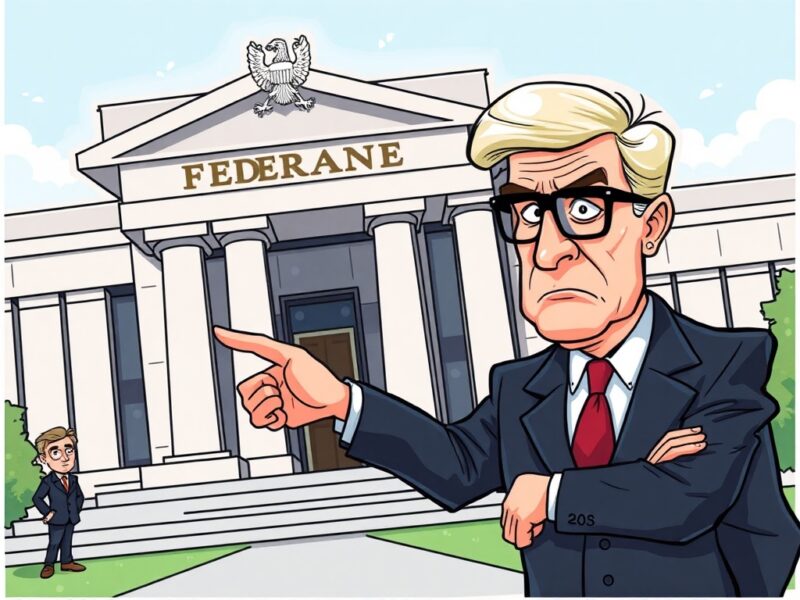Jump returns with Shelby: the "speed of light ambition" in the storage track and the AWS dilemma
Lao Deng can only go crazy once.
Old readers may remember that the third article published by this account was "Bodhi", a content-oriented gadget based on the Arweave storage chain. Recently, Aptos released Shelby, a storage platform benchmarked against AWS. For those who have survived the catastrophe of Filecoin/Arweave, or even the launch of Ton Storage, BNB GreenField, and Sui Walurs, it has never been so exciting, because Shelby marks the return of Jump Trading.
The man who propped up the early price of SOL, the true founder of the Solana conspiracy group temperament, the inventor of Solana 2.0 Firedancer, and the crazy Jump Trading who shouted that the speed of light is the upper limit has returned to the cryptocurrency circle.
But let's lower our expectations. This could be a cliché story of Jump's return and Aptos' strong resistance to Sui. From CZ to Jump, these once famous big names seem to have not escaped the law of mean reversion.
Jump Returns
Let’s not talk about Shelby and Aptos for now, and first talk about Jump’s glorious record or history of cutting leeks. In addition to SOL mentioned above, the collapse of FTX and UST/Luna after that were all related to it.
Although it has multiple funds such as Jump Crypto and Jump Capital, the market-making business Jump Trading is its core money-printing machine, comparable to Simons' Medallion Fund. It is not only keen on making money, but also actively develops everything related to research and trading.
When FTX collapsed, Jump was caught in a public opinion crisis and was frequently investigated by various departments such as the SEC and CFTC. However, after Trump came to power, he adopted a "relaxed regulation" or even deregulation policy on DeFi and cryptocurrencies. After paying the fine, Jump started again.
Shelby is the first major project after his debut that focuses on the underlying value of encryption. This is different from a simple investment. Referring to Sui's Walrus coin issuance route, if Shelby is really Jump's new project, it will inevitably set off a new wave of encryption.
If I guessed wrong, it would be similar to Nansen's anti-witch business, which is nothing more than processing the parts and doing a business. Interestingly, Aptos and Sui are both Jump's invested projects.
Heretics are more hateful than pagans.
After reading the Shelby white paper, I found that Shelby did not meet Jump's usual standards. It was more like a "shelf product" that was comparable to Sui's Walrus, and it was just a work that used existing concepts to put together a game.
As twins of the Move system, Aptos and Sui have always adhered to the strategy that they can be surpassed by ETH or SOL, but they must not be overtaken by the other party.
Shelby
Even though Jump is no longer what it used to be, its products are still extraordinary. For example, the purpose of Shelby is not to simply read small pictures, but to achieve difficult scenarios such as 4K streaming media, TB-level AI training data, or multi-person online collaborative office.
Intuitively, this goal is somewhat beyond expectations and is even more abstract than cryptocurrency stocks, which only require centralization, but the competitors for cloud services are AWS or Microsoft.
After reading the white paper, we can find the following facts:
1. Read performance bottleneck: paid read mechanism + Aptos storage SDK
2. Storage reliability: erasure coding mechanism + on-chain/off-chain hybrid audit
3. Economic sustainability → Micropayment channels + on-chain rewards and penalties
A more detailed explanation
• Cold storage to hot storage: Compared with Filecoin and Arweave, which focus on storing data, Shelby is aimed at reading data;
• Clay erasure code reduces redundant backup: The more backups there are, the higher the security. Shelby takes an unusual approach and introduces an erasure code mechanism to reduce the main body backup to about 2 times;
• Never put anything on the chain that can be off-chain: off-chain audit combined with on-chain verification, off-chain verification combined with on-chain truth-seeking, local cache combined with on-chain reading
Image caption: Comparison of Shelby and mainstream storage services Image source: Shelby Whitepaper
Let's break it down into details. Filecoin is essentially a mining disk. The $FIL economic model encourages miners to back up data frantically, so it eventually becomes a price comparison mechanism between hard disk prices and $FIL. Everyone invests in their last hard disk before $FIL plummets.
The only difference between Filecoin and Ethereum is that Ethereum really has practical uses, but no B-side enterprises or individuals use Filecoin on a daily basis.
Arweave is the extreme opposite of Filecoin. Its economic model is "pay once, store forever". The core is that $AR should be released slowly enough to continuously stimulate miners not to delete data. However, this fundamentally limits the scale of Arweave. The reason is simple. The more you store, the higher the maintenance cost, and it takes an extremely slow time to recover the investment.
The smartest thing about Shelby is that it reduces the requirement for redundant backup to around 2x, which is very close to the 1.2x of traditional AWS. At the same time, read behavior is charged, which serves as a source of income for the storage layer.
This is a normal commercial storage project that builds an intermediary system and guides users to pay for use, but the stimulating effect of cryptocurrency will change all this.
Image description: shelby structure Image source: @zuoyeweb3
In Jump's design, users' storage, RPC nodes, and payments will distort the original normal path. For example, users will still create useless storage in order to obtain potential $SHELBY tokens, provided that the potential expected airdrop will exceed the small payment viewing fee.
Unless everything is priced on a U-by-U basis, then we will have to face direct competition from AWS. Jump also said that AWS's MB-day storage cost is only $0.00000077 USD, and the read cost is only $0.00002 per MB.
Considering that AWS is the cost after years of operation and has passed the early stage of losing money in exchange for market share, it is hard to believe that Web3 native storage projects can compete with it.
Fundamentally, Jump has not designed a technical product as good as Firedancer. Although Solana has been questioned for its degree of centralization, it has maintained a decentralized appearance with more than 1,000 nodes. It is hard to imagine that Shelby will have the same amazing effect.
Conclusion
It is politically incorrect for Web2 platforms to use user data for profit, but it is a necessary path for business. If you still remember the attention economy in the early days of the crypto world, you will definitely remember the combination of Brave browser and $BAT. In fact, the market share of the two is not even as good as Firefox.
Data requires economies of scale, and the same is true for data storage products. Shelby’s choice of Aptos will also have a problem. The main reason why NFT was criticized was that NFT was linked to Ethereum, while the NFT itself was in AWS. If the data of Ethereum products is on Shelby, then isn’t this the same as Celestia?
Celestia was criticized by Vitalik and turned to support EigenLayer. Therefore, no public chain will allow its products to use Shelby. If it eventually becomes Aptos Professional, it will indeed be no different from Walrus on Sui.
In this way, Jump’s delivery quality seems to make sense.
You May Also Like

Fed Governor Lisa Cook Under Fire: DOJ Official Urges Powell to Act

Market Shifts: Altcoins Surge as Bitcoin Slows
